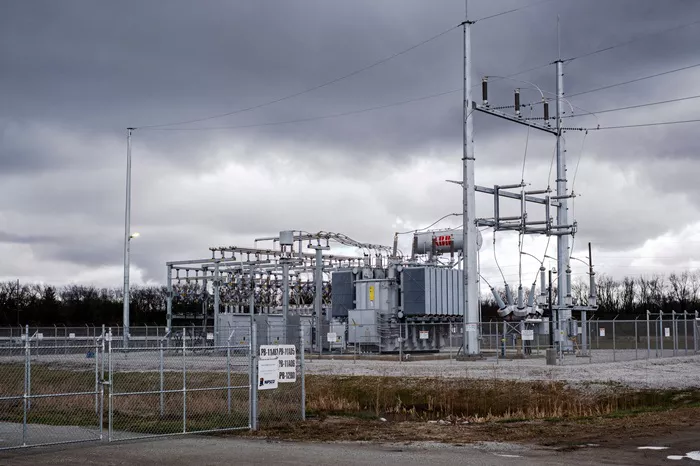The U.S. Energy Information Administration (EIA) has revised its 2025 forecast for natural gas and crude oil prices, adjusting expectations based on recent shifts in market dynamics. The update, featured in the March 2025 edition of the Short-Term Energy Outlook (STEO), reflects changes driven by weather, inventory fluctuations, and global production patterns.
A significant factor in the revision is the colder-than-expected end to February 2025, which increased natural gas consumption and depleted storage levels. As colder weather extended into early 2025, demand surged, leading to substantial withdrawals from U.S. natural gas storage. By the end of March, EIA projects U.S. natural gas inventories to fall to below 1.7 trillion cubic feet, marking a 10 percent drop compared to the five-year average for this time of year. This reduction in storage, combined with higher consumption, has prompted the EIA to revise its natural gas price forecast upwards. The agency now expects the Henry Hub spot price to average $4.20 per million British thermal units (MMBtu) in 2025, an 11 percent increase from prior projections. Prices are anticipated to continue rising into 2026, with the spot price reaching approximately $4.50/MMBtu.
On the crude oil front, the EIA predicts continued tightness in global oil markets through mid-2025. The ongoing production declines in nations like Iran and Venezuela are expected to limit global supply in the short term, keeping prices elevated. The EIA forecasts that Brent crude oil prices will rise from around $70 per barrel to $75 per barrel by the third quarter of 2025. However, as OPEC+ starts unwinding its production cuts and non-OPEC countries ramp up production, global oil inventories are expected to build, leading to a subsequent decline in prices. By 2026, Brent crude prices are projected to average $68 per barrel.
The updated outlook also considers potential geopolitical uncertainties, such as new sanctions against Iran and the recent revocation of oil export licenses for Venezuela. These factors could further disrupt supply chains and introduce volatility into the oil market, possibly altering the forecast as global conditions evolve.
In the electricity sector, the EIA anticipates a 3 percent increase in U.S. power generation in 2025, up from the previously projected 2 percent. This growth is driven by higher-than-expected demand, particularly in the residential and commercial sectors. The expansion of data centers is expected to contribute to greater commercial electricity consumption, while residential demand has been boosted by colder-than-usual temperatures in early 2025, which increased heating requirements.
Overall, the EIA’s latest energy market projections reflect a complex interplay of weather, inventory changes, production shifts, and geopolitical tensions. Natural gas prices are set to rise due to tighter supply and stronger demand, while oil prices are expected to peak in mid-2025 before gradually declining as production conditions stabilize. Electricity demand is poised to grow, driven by both seasonal weather factors and increased commercial energy use. However, with numerous uncertainties in the global market, the EIA’s forecast remains subject to adjustment as conditions unfold.

